Sulphur-crested Cockatoo for sale
$1,800.00 – $3,500.00Price range: $1,800.00 through $3,500.00
-
Scientific Name: Cacatua galerita
-
Size: 17 to 21 inches (43–53 cm)
-
Weight: 800–1,200 grams
-
Lifespan: 40–70 years (some live longer)
-
Temperament: Social, affectionate, intelligent, loud
Sulphur-crested Cockatoo for sale
If you’re captivated by intelligent, affectionate, and strikingly beautiful birds, the Sulphur-Crested Cockatoo is likely already on your radar. Known for its bright yellow crest, loud personality, and unmatched charm, the Sulphur-Crested Cockatoo is one of the most recognized and sought-after parrots in the world. Friendly with other family pets, tamed, and Very friendly with children, Sulphur-crested Cockatoos are caring types among the numerous types of parrots; the sulphur-crested cockatoo for sale is common in this regard. You need to be willing to commit the time and energy to form a strong bond with a bird. A sulphur-crested cockatoo likes to be handled however also needs sufficient alone time to find out self-sufficiency, which is no little accomplishment.
What is a Sulphur-Crested Cockatoo?
The Sulphur-Crested Cockatoo (Cacatua galerita) is a large, white parrot with a distinctive yellow crest and dark, expressive eyes. Native to Australia, Papua New Guinea, and parts of Indonesia, these birds are famous for their intelligence, social nature, and long lifespans.
Why Choose a Sulphur-Crested Cockatoo?
1. Incredible Intelligence
Sulphur-Crested Cockatoos are among the smartest parrots on Earth. They can learn dozens of words and phrases, solve puzzles, and even mimic household noises like doorbells, alarms, or phone ringtones.
2. Strong Bond with Owners
These birds thrive on companionship and often develop deep, lifelong bonds with their human caretakers. They love to cuddle, perch on shoulders, and engage in interactive play.
3. Comedic Personality
Known as the clowns of the bird world, Sulphur-Crested Cockatoos are always entertaining. Their head-bobbing dances, vocal antics, and silly behaviors make them a joy to watch.
4. Long Lifespan
These parrots are truly lifelong companions. With proper care, a Sulphur-Crested Cockatoo can live 60+ years, meaning they often outlive their owners.
Sulphur-Crested Cockatoo Care Guide
1. Housing Requirements
These birds need a spacious cage — minimum 36″x48″x60″ — and ideally an outdoor aviary or large indoor play gym. The cage should have strong bars to withstand their powerful beaks.
Enrichment is essential: Provide climbing ropes, chewing toys, foraging puzzles, and swings. Rotate toys weekly to prevent boredom.
2. Diet and Nutrition
A balanced diet includes:
-
Pelleted parrot food as the base
-
Fresh vegetables: broccoli, leafy greens, carrots
-
Fruits (in moderation): apples, mangoes, berries
-
Healthy grains & seeds: quinoa, brown rice, sprouted seeds
-
Avoid: Avocado, chocolate, caffeine, alcohol, and salty or sugary human foods
Fresh water should always be available, and water bowls should be cleaned daily.
3. Mental and Physical Stimulation
Lack of stimulation leads to feather plucking, screaming, and aggression. Engage them in:
-
Daily interaction (at least 2–3 hours out-of-cage time)
-
Training sessions using positive reinforcement
-
Talking and vocal mimicry practice
-
Flight time in safe areas (if wings are not clipped)
4. Health and Wellness
Common health concerns include:
-
Psittacine Beak and Feather Disease (PBFD)
-
Fatty liver disease (from poor diet)
-
Feather plucking (due to stress or boredom)
-
Respiratory issues
Schedule annual check-ups with an avian vet and maintain a clean environment to minimize health risks.
Behavior and Training Tips
Sulphur-Crested Cockatoos are emotionally complex and can be challenging without proper training.
Tips for Better Behavior:
-
Socialize early and expose them to different environments and people.
-
Use positive reinforcement with treats and praise during training.
-
Establish a daily routine to help them feel secure.
-
Avoid punishment — it leads to fear and aggression.
-
Be consistent with rules — they are smart enough to test boundaries!
How Loud Are Sulphur-Crested Cockatoos?
These birds are very loud and vocalize regularly — especially in the morning and evening. Their natural calls are part of their flock communication, but they can become excessive if lonely or bored.
Noise level tip: If you live in an apartment or have noise-sensitive neighbors, this may not be the right bird for you.
Caring for the Sulphur Crested Cockatoo
Sulphur-crested cockatoos are large birds that need very roomy enclosures. At a minimum, the cage must have a footprint of about 40 inches by 40 inches and be at least 5 feet tall. A larger cage is better, and best of all is an aviary environment.
The birds naturally release a downy powder, which assists in keeping their wings and skin healthy. This powder might be troublesome for some people with allergic reactions. Bird bathing is strictly a specific preference. In the wild, some cockatoos delight in standing in the rain while others prevent it.
| Age | 6 to 12months, 1 to 3years |
|---|---|
| Sex | Male, Female |
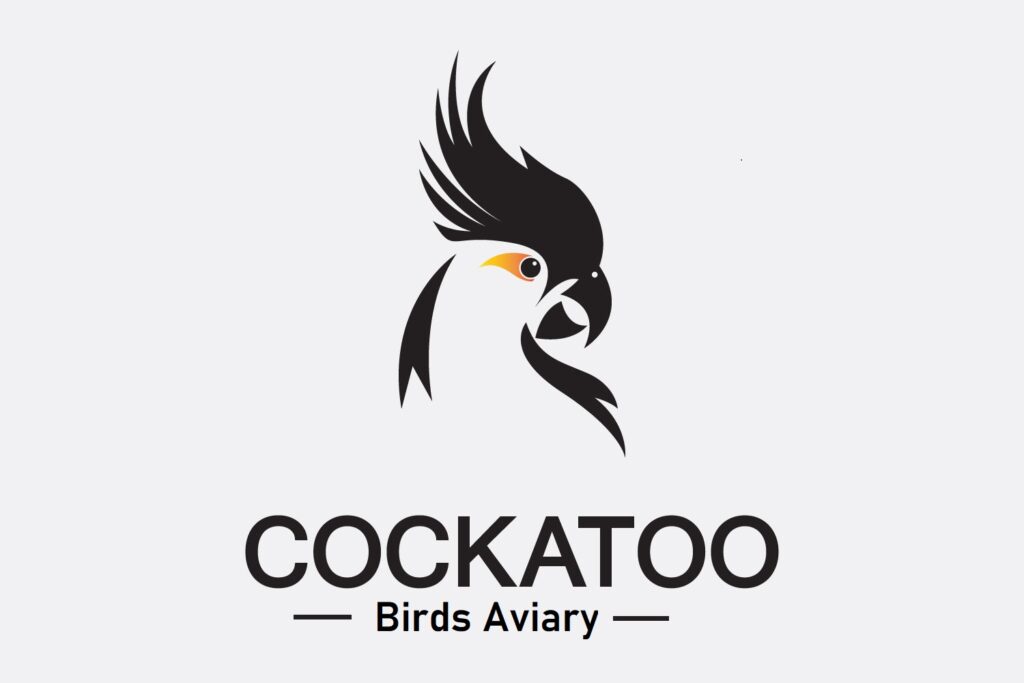
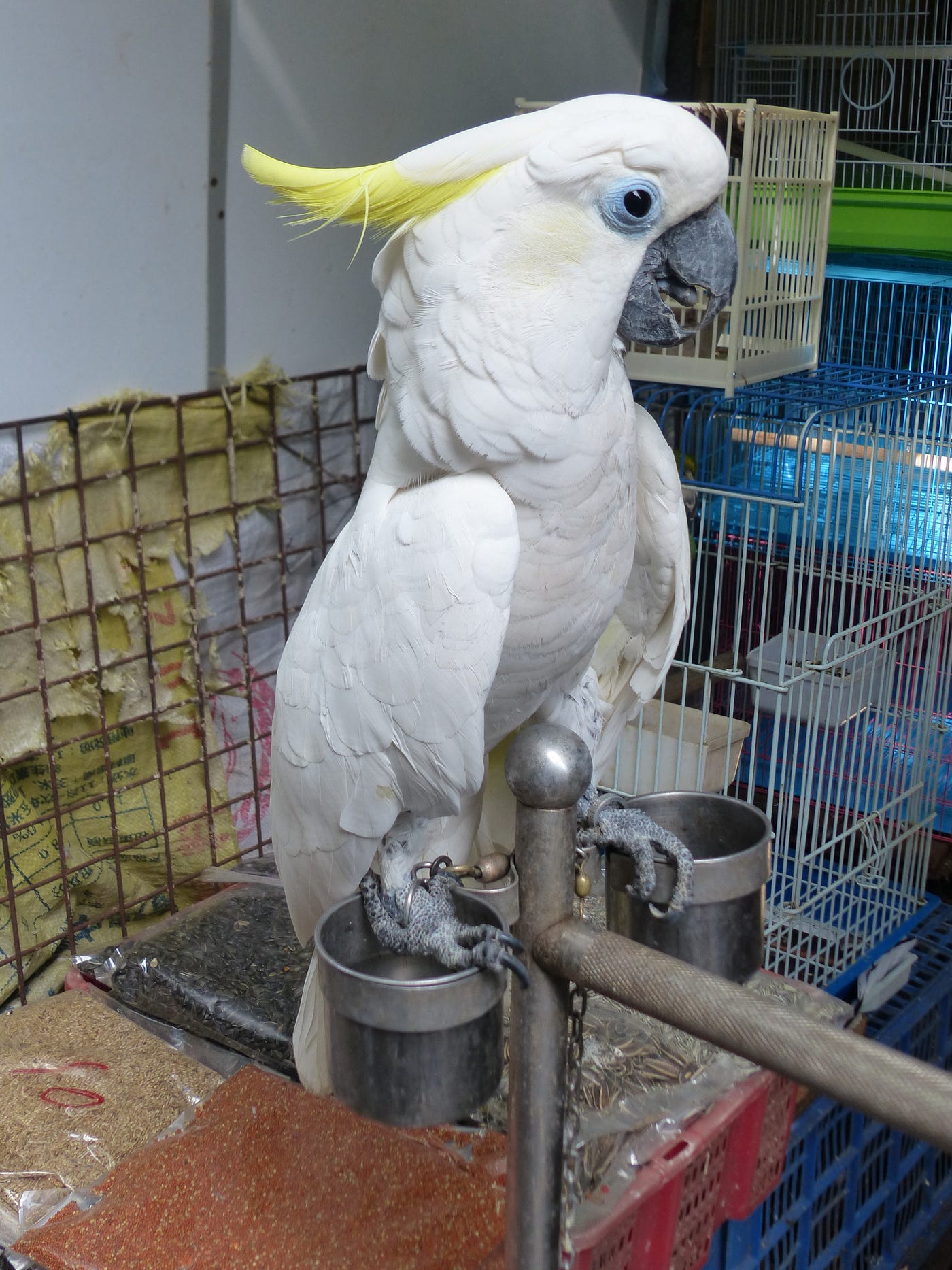
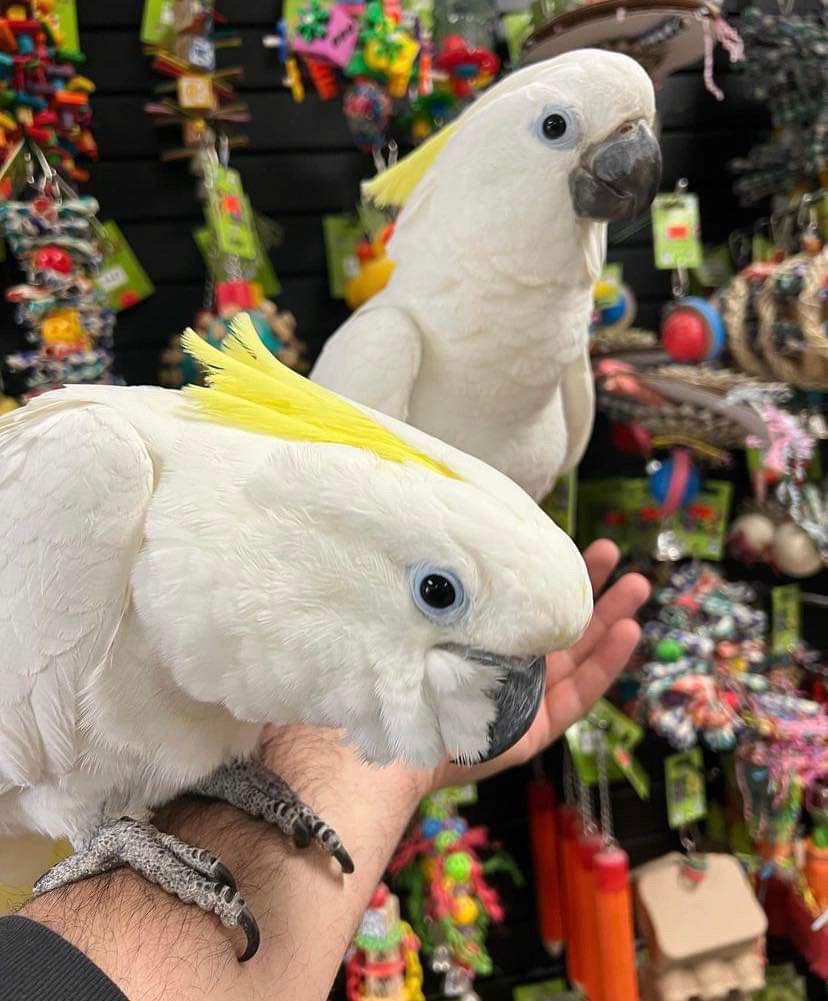
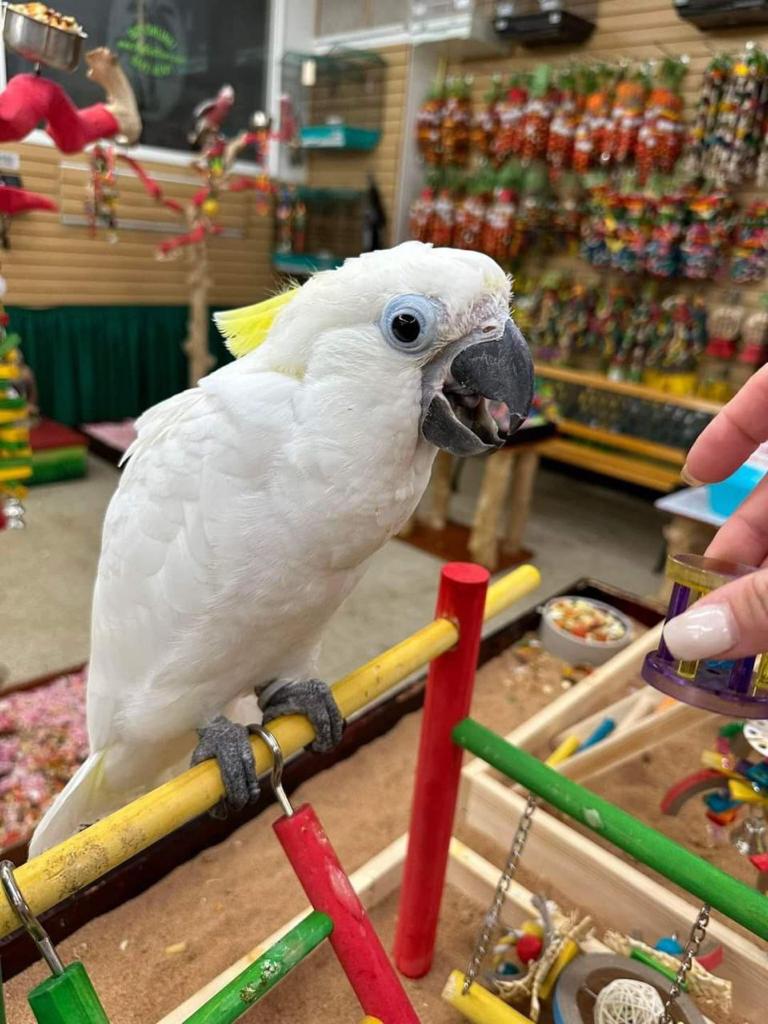

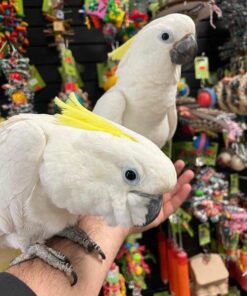
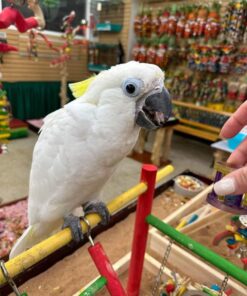
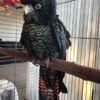
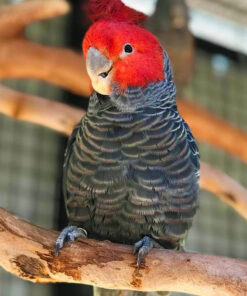
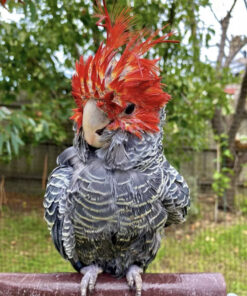
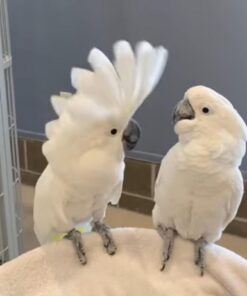
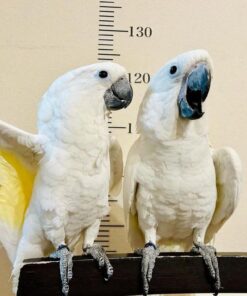
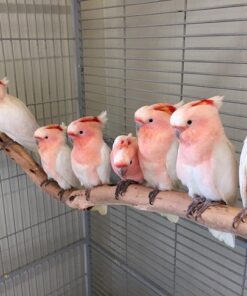
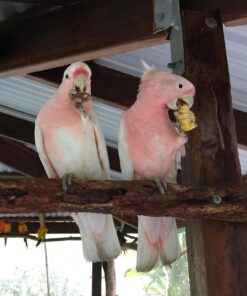
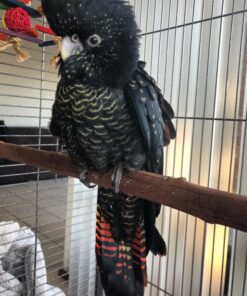

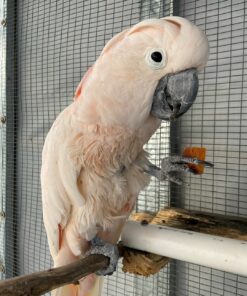
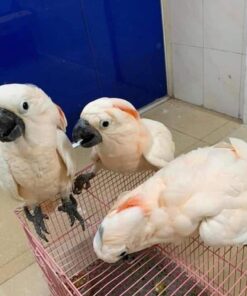
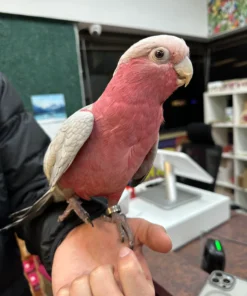
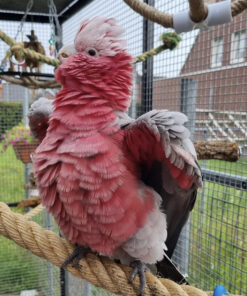
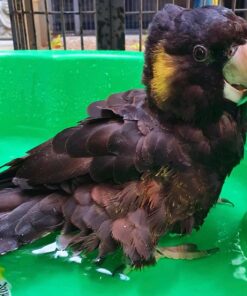
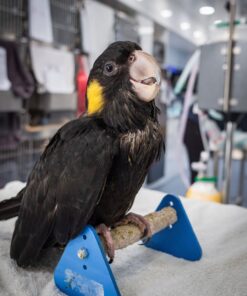
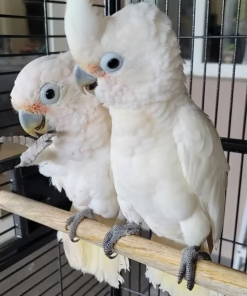
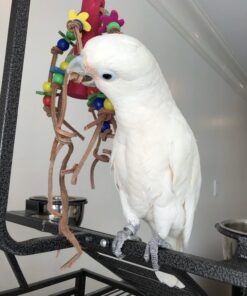
Reviews
There are no reviews yet.